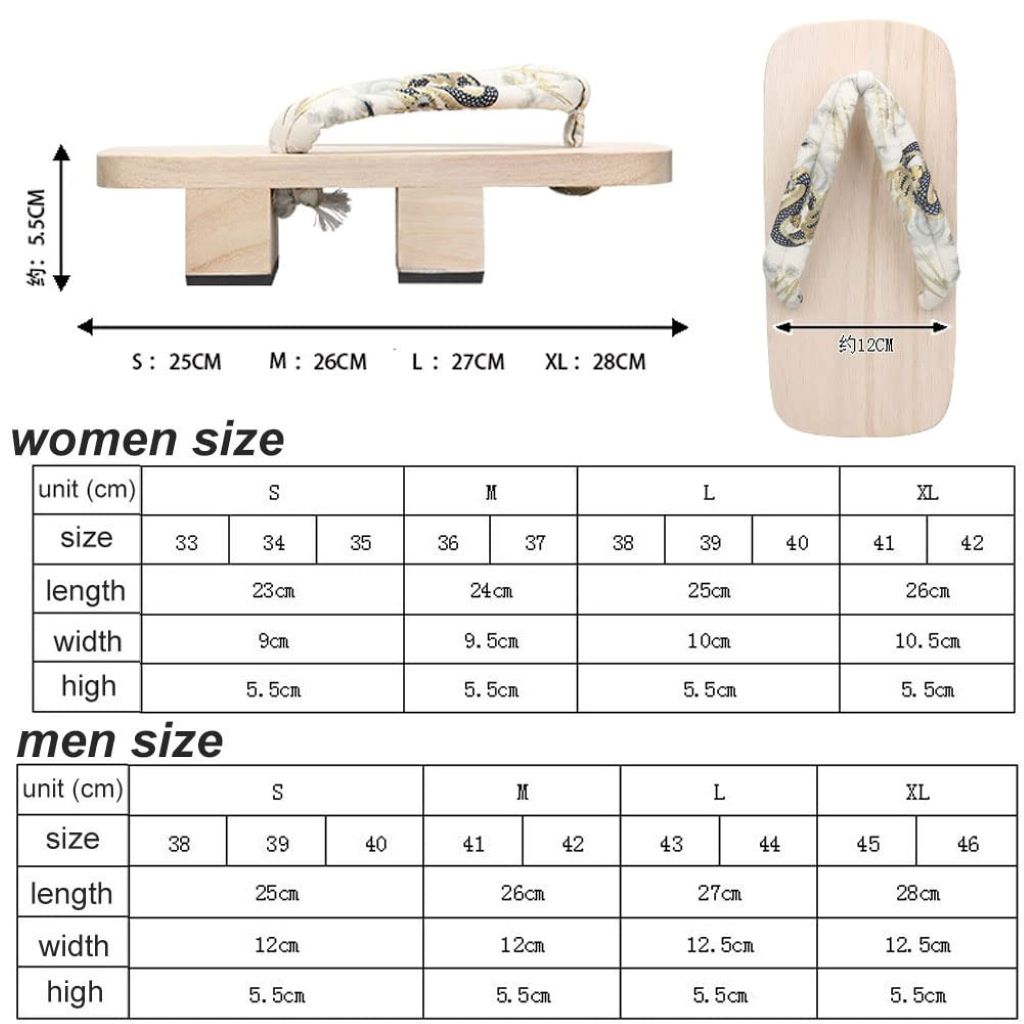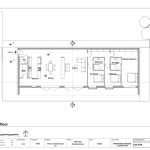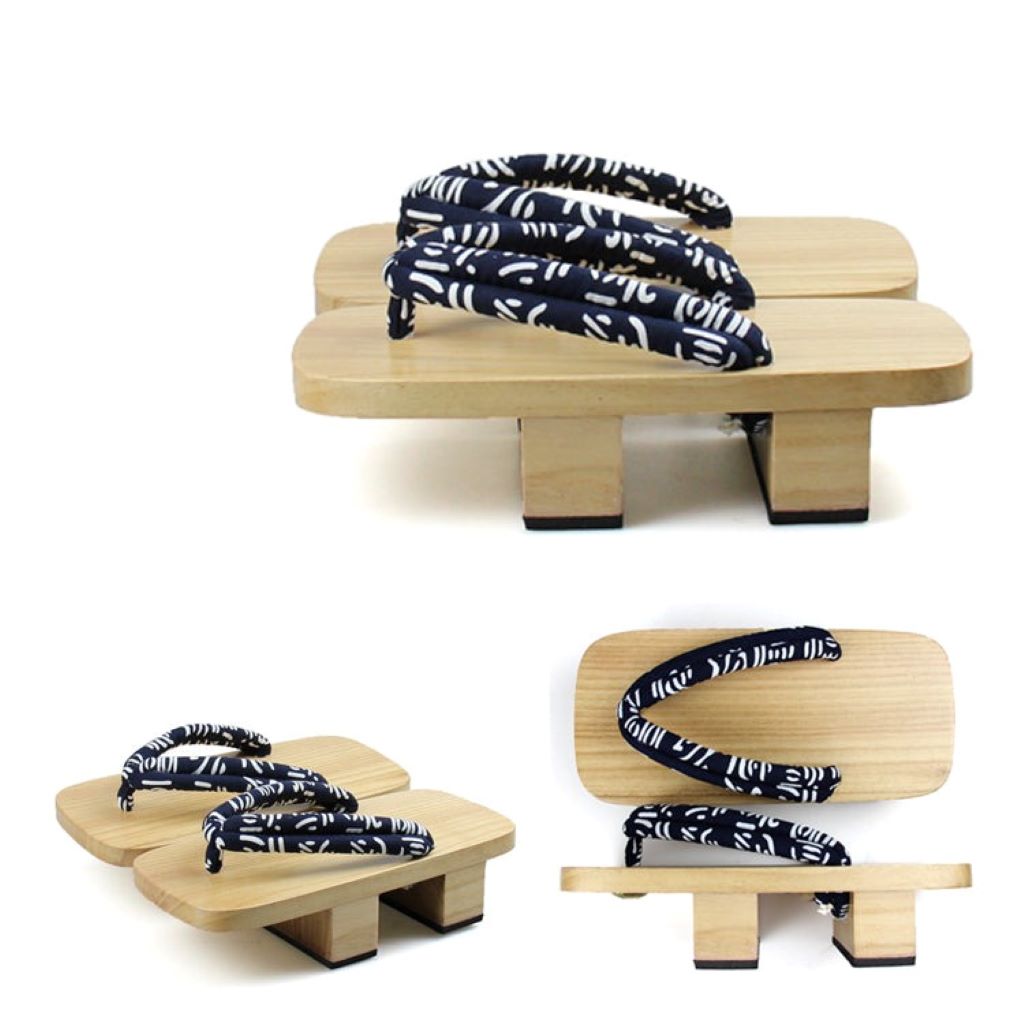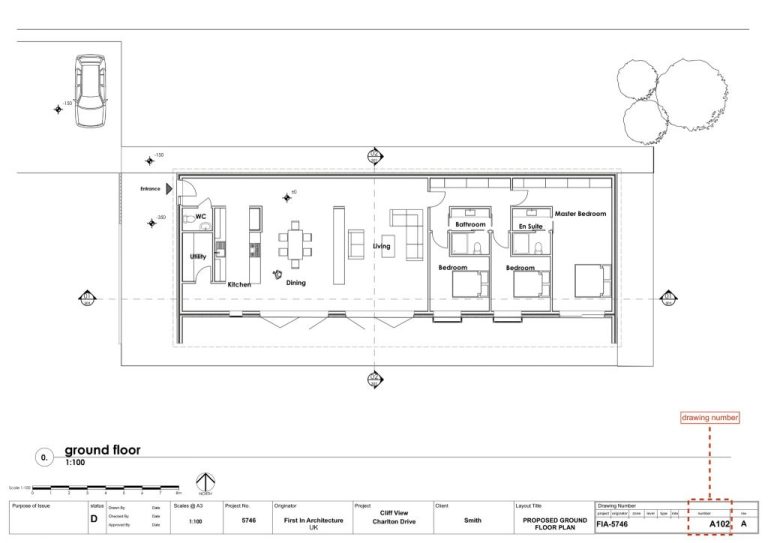Finding the perfect pair of traditional Japanese footwear requires understanding proper sizing techniques and foot width measurements. Traditional wooden sandals offer unique comfort and style benefits when fitted correctly. Styline Collection experts recommend measuring both length and width before purchasing these distinctive shoes.
Understanding Traditional Japanese Footwear
Traditional Japanese wooden sandals have been worn for centuries, featuring distinctive elevated wooden platforms and fabric straps. These shoes require different sizing approaches compared to modern Western footwear. However, proper measurement techniques ensure comfortable wear for daily use.
Additionally, geta sandals come in various styles and heights, each requiring specific sizing considerations. Understanding these differences helps buyers choose appropriate options for their foot shape and intended use.
Measuring Your Foot Width Accurately
Foot width measurements play a crucial role in geta sandal comfort and fit. Many people focus only on length measurements, ignoring width requirements. Therefore, measuring both dimensions ensures optimal comfort and prevents common fitting problems.
Essential Measurement Tools
You need basic tools for accurate foot measurements. A ruler or measuring tape works perfectly for home measurements. Additionally, plain paper and a pencil help trace foot outlines for width assessment.
Step-by-Step Width Measurement Process
Place your foot on a piece of paper while standing normally. Trace around your foot carefully, keeping the pencil perpendicular to the paper. Furthermore, measure the widest part of your foot outline using a ruler.
Record measurements for both feet since they often differ slightly. Most people have one foot slightly larger than the other. However, always choose sizing based on your larger foot for comfortable wear.
Geta Sandal Sizing Fundamentals
Traditional Japanese sizing systems differ significantly from Western shoe sizes. Understanding these differences prevents ordering mistakes and ensures proper fit. Moreover, foot width categories help determine the best sandal width for your needs.
Japanese Sizing System Basics
Japanese shoe sizes typically use centimeters rather than numbered sizes. This measurement system provides more precise sizing options. Additionally, many manufacturers include width indicators alongside length measurements.
Width Category Classifications
Foot widths generally fall into narrow, medium, or wide categories. Narrow feet measure less than 3.5 inches at the widest point. Medium widths range from 3.5 to 4 inches. Furthermore, wide feet exceed 4 inches in width measurement.
Creating Your Personal Sizing Chart
Developing a personal sizing reference helps when shopping for different geta sandal styles. Each manufacturer may have slight variations in their sizing approach. Therefore, maintaining accurate measurements streamlines future purchases.
Recording Your Measurements
Create a simple chart including foot length, width, and arch height measurements. Note any special considerations like bunions or high arches. Additionally, record the date of measurement since feet can change over time.
Comparing Manufacturer Size Charts
Different brands use varying sizing standards for their traditional sandals. Always check individual manufacturer charts before ordering. However, your personal measurements provide a reliable starting point for size selection.
Common Sizing Mistakes to Avoid
Many first-time buyers make predictable errors when selecting geta sandal sizes. Learning about these mistakes helps avoid uncomfortable purchases and returns. Furthermore, understanding proper fit prevents foot discomfort during extended wear.
Assuming Western Size Equivalents
Converting Western shoe sizes directly to geta sandal sizes often results in poor fit. Traditional Japanese footwear uses different construction methods and sizing standards. Therefore, always measure your feet specifically for geta sandal purchases.
Ignoring Foot Width Requirements
Focusing solely on length measurements while ignoring width needs creates comfort problems. Narrow feet in wide sandals lack proper support and stability. Additionally, wide feet in narrow sandals experience uncomfortable pressure and pinching.
Overlooking Sock Considerations
Traditional geta sandals are often worn with tabi socks, which add thickness to foot measurements. Consider sock thickness when selecting sandal sizes. However, some modern wearers prefer going sockless, requiring different sizing considerations.

Comfort and Fit Optimization Tips
Achieving optimal comfort requires more than just correct sizing measurements. Understanding how geta sandals should fit and feel guides proper selection. Moreover, knowing adjustment techniques helps fine-tune the fit after purchase.
Proper Strap Positioning
The fabric strap should sit comfortably between your big toe and second toe. This positioning distributes weight evenly across the foot platform. Additionally, the strap should feel secure without causing discomfort or cutting into skin.
Platform Contact Assessment
Your foot should contact the wooden platform evenly from heel to toe. Excessive overhang indicates sizing problems that affect comfort and stability. Furthermore, proper contact ensures balanced weight distribution during walking.
Break-in Period Expectations
New geta sandals typically require a brief break-in period for optimal comfort. The wooden platform may feel firm initially but becomes more comfortable with wear. However, severe discomfort indicates sizing problems rather than normal adjustment needs.
Special Considerations for Different Foot Types
Individual foot characteristics affect geta sandal sizing and comfort requirements. Understanding your specific foot type helps guide sizing decisions. Additionally, certain foot conditions may require special attention during the selection process.
High Arch Considerations
High arches may require additional padding or specific sandal styles for comfort. Some manufacturers offer arch support options in their traditional designs. Therefore, people with high arches should seek specialized sizing advice when possible.
Flat Foot Adaptations
Flat feet often benefit from firmer wooden platforms that provide structure and support. However, gradual introduction to geta sandals helps prevent fatigue and discomfort. Additionally, shorter wearing periods initially allow feet to adjust properly.
Wide Foot Solutions
People with wide feet should prioritize width measurements over length when selecting sizes. According to Footwear News, proper width fitting significantly impacts overall foot comfort and health in traditional footwear styles.
Seasonal Sizing Adjustments
Foot size can vary slightly throughout the year due to temperature and activity changes. Understanding these variations helps maintain comfortable fit across seasons. Moreover, planning for seasonal changes prevents sizing problems later.
Summer Swelling Considerations
Feet often swell slightly during hot weather, affecting sandal fit and comfort. Consider measuring feet during warmer parts of the day for accurate sizing. Additionally, slightly looser fits may feel more comfortable during summer months.
Winter Sizing Factors
Cooler weather may cause slight foot shrinkage, making sandals feel looser than usual. However, wearing thicker socks can compensate for seasonal size variations. Furthermore, indoor heating may affect foot size differently than outdoor temperatures.
Quality and Construction Impact on Sizing
Different quality levels and construction methods can affect how geta sandals fit and feel. Understanding these factors helps set appropriate expectations for comfort and sizing. Moreover, higher quality options often provide better long-term fit and comfort.
Handcrafted vs. Machine-Made Differences
Handcrafted geta sandals often feature slight size variations due to their artisanal nature. Machine-made options typically offer more consistent sizing across pairs. However, both styles require proper measurement for optimal fit and comfort.
Material Quality Effects
Higher quality wood and fabric materials may affect sizing and comfort over time. Better materials often conform slightly to foot shape with extended wear. Additionally, quality construction typically provides more durable and comfortable long-term use.
Shopping Tips for Online Purchases
Buying geta sandals online requires careful attention to sizing information and return policies. Understanding how to evaluate online sizing charts prevents costly mistakes. Furthermore, knowing what questions to ask helps ensure successful purchases.
Reading Size Chart Details
Carefully examine manufacturer sizing charts for both length and width information. Look for measurement instructions and sizing recommendations. Additionally, check whether measurements are provided in centimeters or inches for accuracy.
Return Policy Considerations
Always verify return policies before purchasing, especially for traditional footwear styles. Some retailers offer exchanges specifically for sizing issues. However, understanding policy details prevents surprises if sizing adjustments become necessary.
Conclusion
Finding the perfect geta sandal fit requires careful attention to both foot length and width measurements. Understanding traditional Japanese sizing systems prevents common purchasing mistakes and ensures comfortable wear. Additionally, considering individual foot characteristics and seasonal variations optimizes long-term comfort. Proper measurement techniques and sizing knowledge transform geta sandal shopping from guesswork into confident decision-making. Furthermore, investing time in accurate sizing pays off through years of comfortable traditional footwear enjoyment. Remember that quality geta sandals, when properly fitted, provide unique comfort and cultural connection that modern footwear cannot match.
Frequently Asked Questions
Q: How do geta sandal sizes compare to regular shoe sizes? A: Geta sandal sizes use the Japanese centimeter system and often run differently than Western shoes. Always measure your feet in centimeters and consult the manufacturer’s specific size chart rather than converting from your regular shoe size.
Q: Should geta sandals fit snugly or loosely? A: Geta sandals should fit comfortably with your foot sitting evenly on the wooden platform. The strap should feel secure between your toes without pinching, and your foot shouldn’t overhang the platform edges significantly.
Q: Can I wear geta sandals if I have wide feet? A: Yes, many manufacturers offer wider platform options for broader feet. Focus on width measurements when selecting sizes, and look for models specifically designed to accommodate wider foot shapes.
Q: Do I need to consider sock thickness when sizing geta sandals? A: Yes, if you plan to wear tabi socks with your geta sandals, account for the additional thickness when measuring and selecting sizes. The socks will make your feet slightly larger and affect the overall fit.
Q: What should I do if my geta sandals feel uncomfortable initially? A: New geta sandals often require a short break-in period. Start with brief wearing sessions and gradually increase duration. However, if you experience significant pain or discomfort, the sizing may be incorrect and should be reevaluated.
Read More:
Square Toe Women’s Cowboy Boots: A Modern Twist on a Classic Staple











+ There are no comments
Add yours